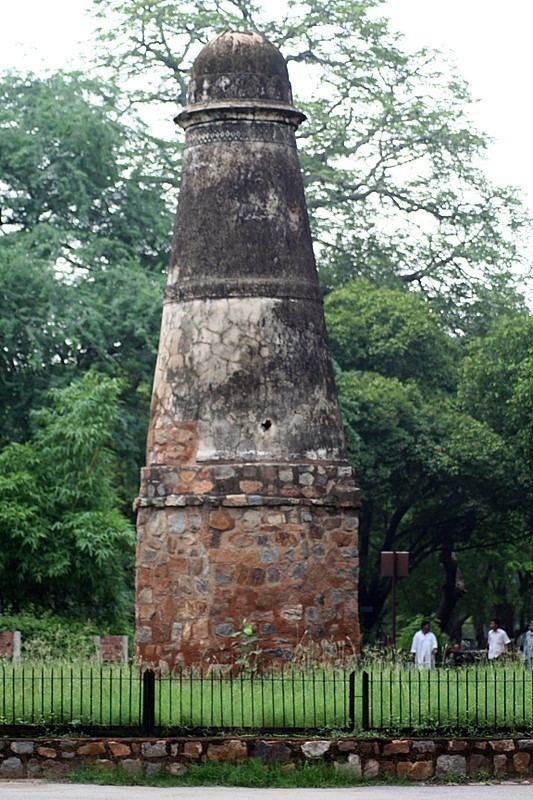 | ||
The kos is an ancient unit of distance that has been in use in the Indian subcontinent for over three thousand years; evidence exists from Vedic times to the Mughal period, and even now elderly people in rural areas refer to distances from nearby areas in kos. A kos is about 2.25 miles.
It is variously spelled "Kos", "Kosh", "Krosh", and "Koss" when rendered in the Latin alphabet.
The Arthashastra gives this breakup of Indian units of length:
Kos may also refer to about 1.8 km (1⅛ mile) or 3.2 km (2 miles).
Along India's old highways, particularly the Grand Trunk Road, one still finds Kos Minar, or mile markers, erected at distances of a little over two miles
References
Kos (unit) Wikipedia(Text) CC BY-SA
